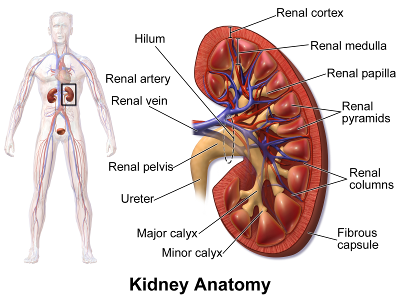Medical consultants are vital because they bring specialized expertise that enhances patient care and medical decision-making. Their deep knowledge and experience in specific medical fields provide valuable insights for complex cases, accurate diagnoses, and effective treatment plans. Consultants offer a fresh perspective, often identifying nuances that primary care physicians may overlook.
By collaborating with medical consultants, healthcare professionals can optimize patient outcomes, particularly in intricate or rare conditions. Consultants aid in minimizing diagnostic errors, recommending advanced interventions, and ensuring evidence-based practices. This not only enhances patient safety but also contributes to healthcare cost-efficiency by reducing unnecessary procedures and hospital stays.
In the ever-evolving landscape of medicine, medical consultants remain at the forefront of innovation, sharing their cutting-edge knowledge and research. Their role is pivotal in maintaining the highest standards of medical care, fostering interdisciplinary teamwork, and ultimately, improving the overall quality of healthcare services.
By collaborating with medical consultants, healthcare professionals can optimize patient outcomes, particularly in intricate or rare conditions. Consultants aid in minimizing diagnostic errors, recommending advanced interventions, and ensuring evidence-based practices. This not only enhances patient safety but also contributes to healthcare cost-efficiency by reducing unnecessary procedures and hospital stays.
In the ever-evolving landscape of medicine, medical consultants remain at the forefront of innovation, sharing their cutting-edge knowledge and research. Their role is pivotal in maintaining the highest standards of medical care, fostering interdisciplinary teamwork, and ultimately, improving the overall quality of healthcare services.



 RSS Feed
RSS Feed
